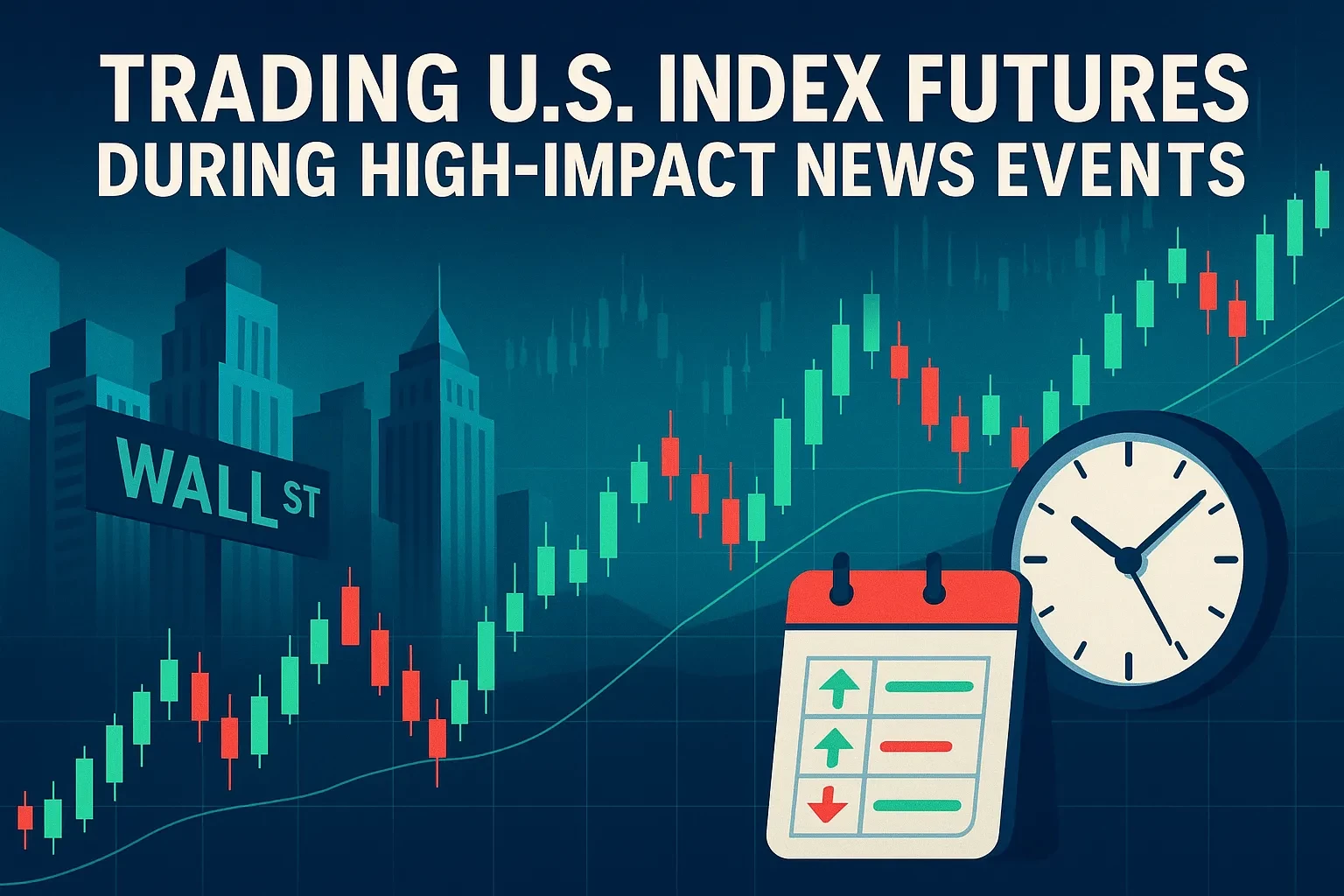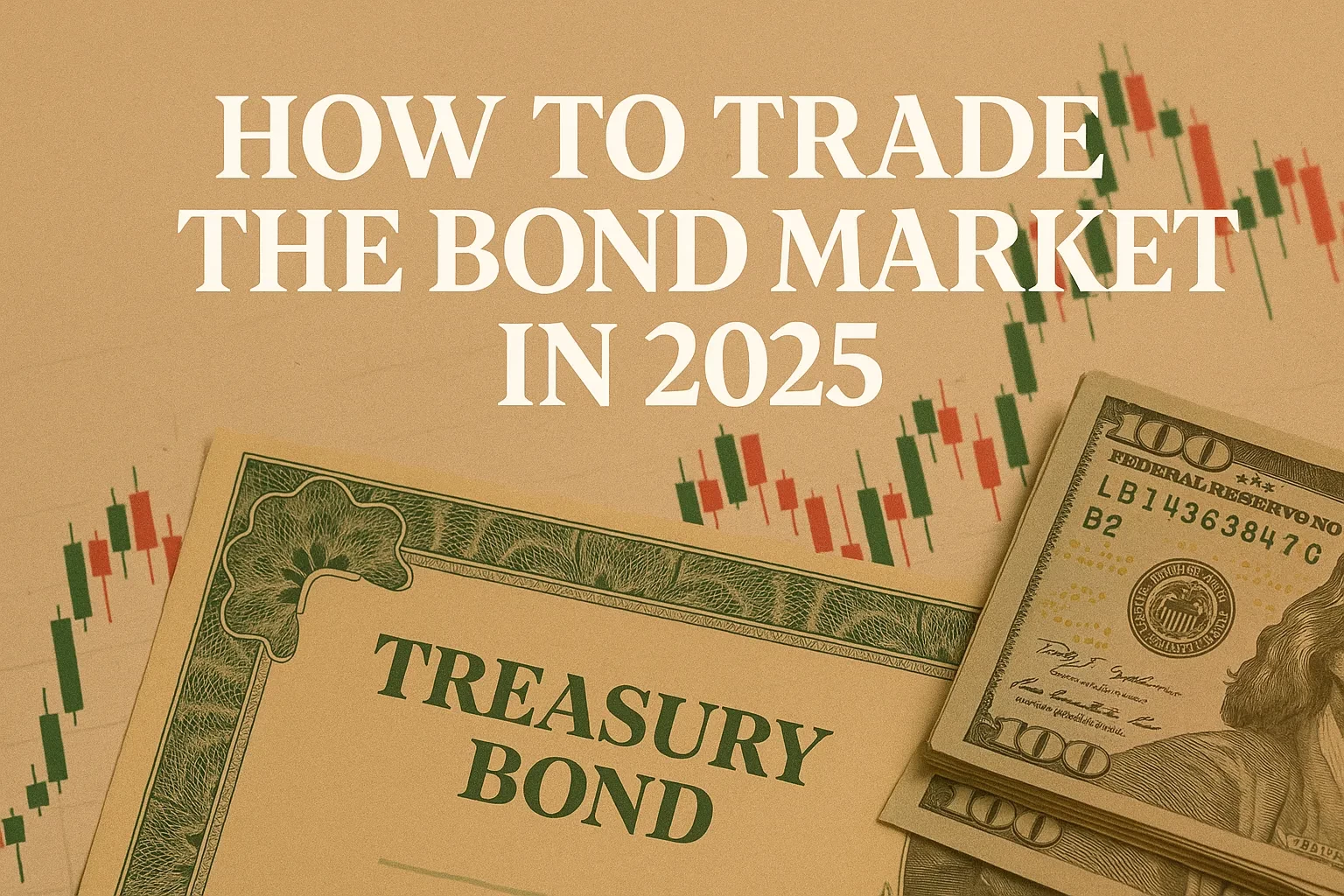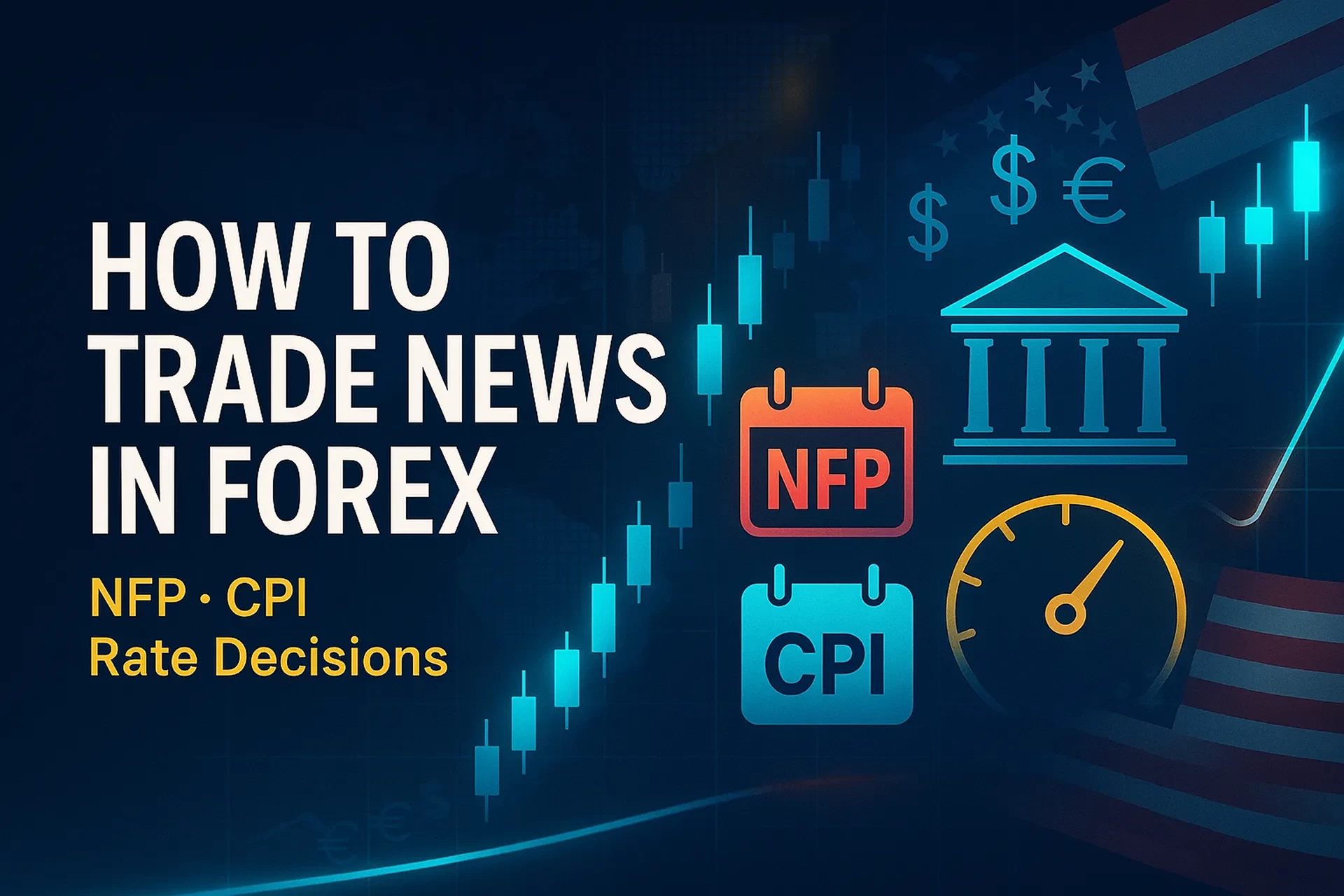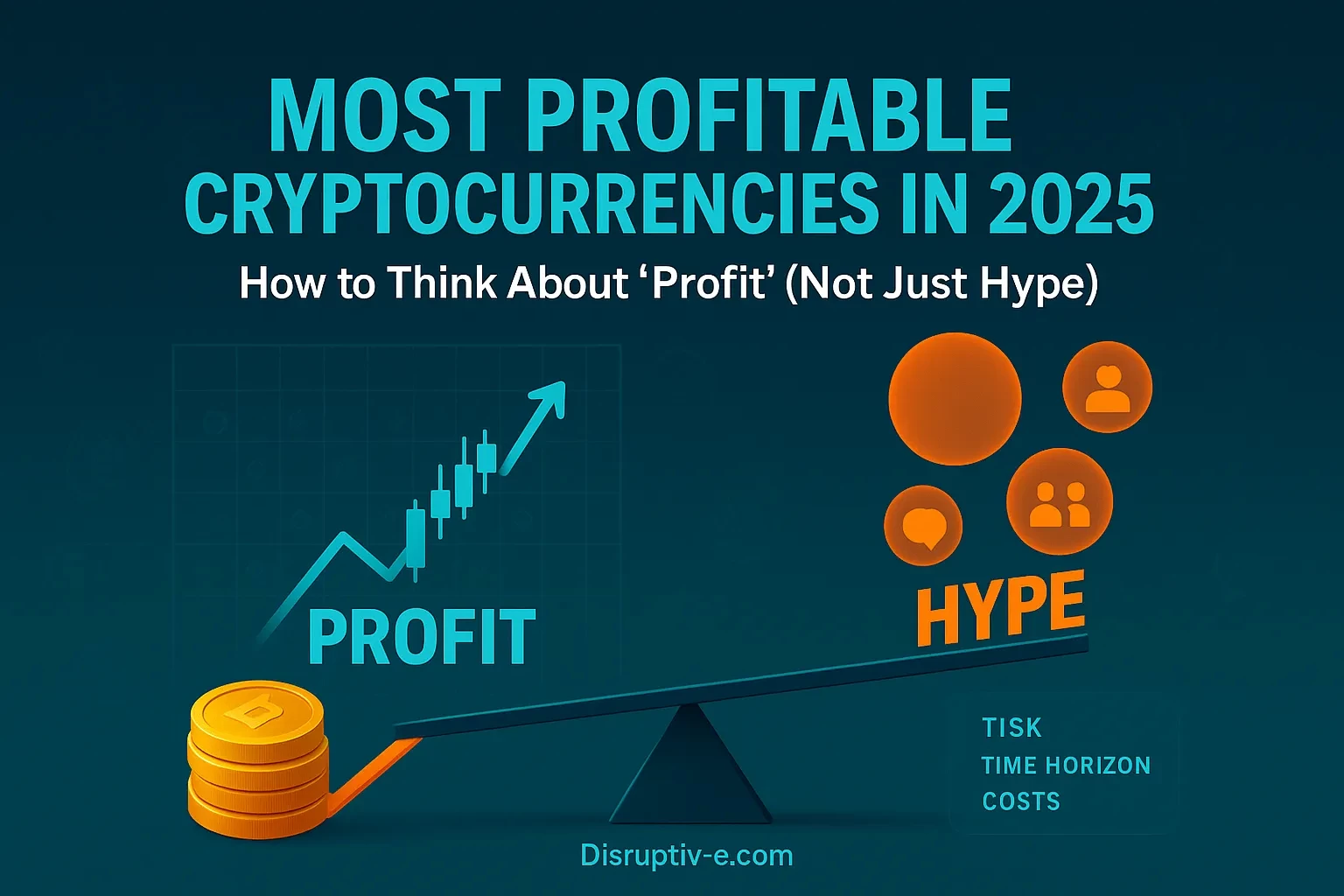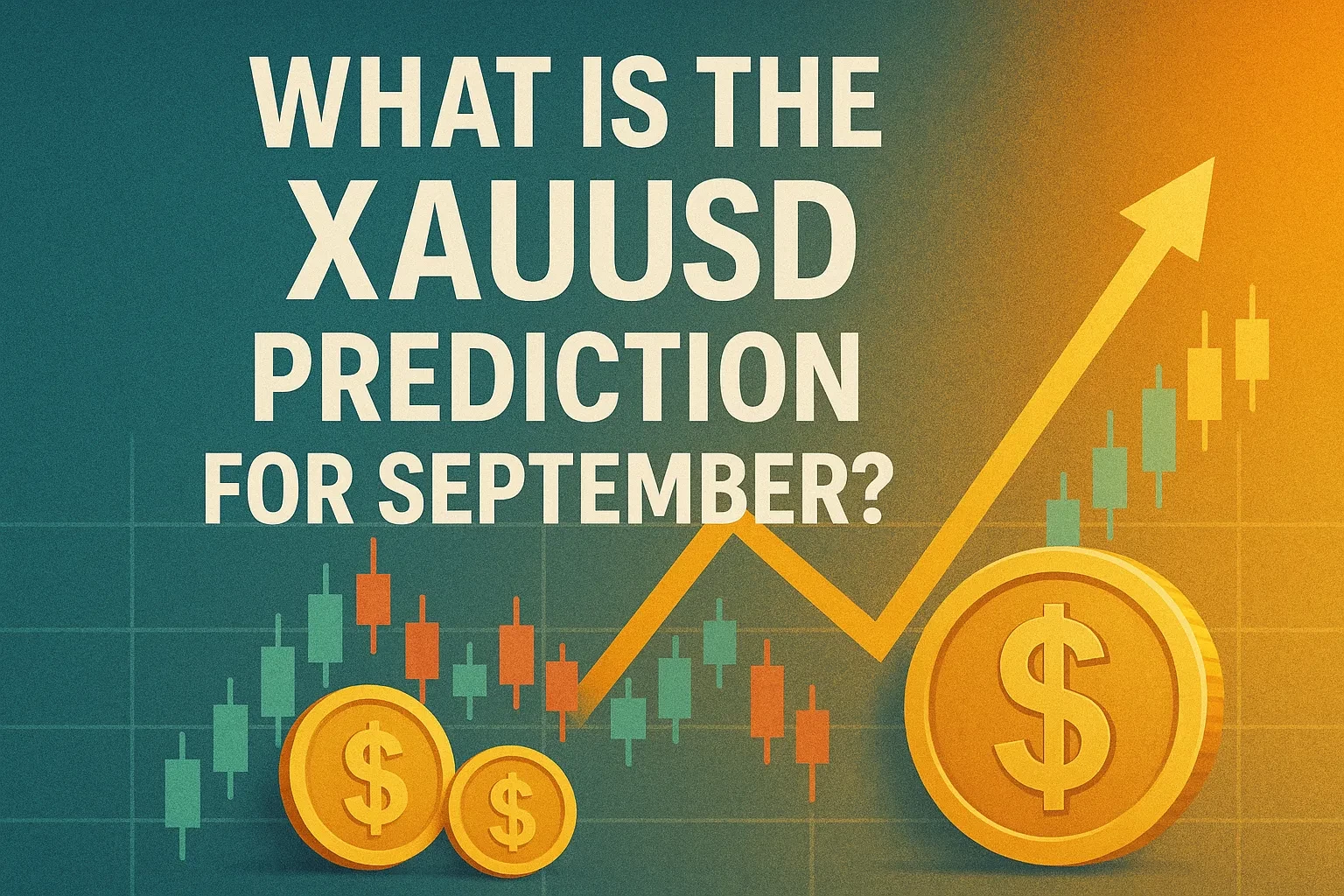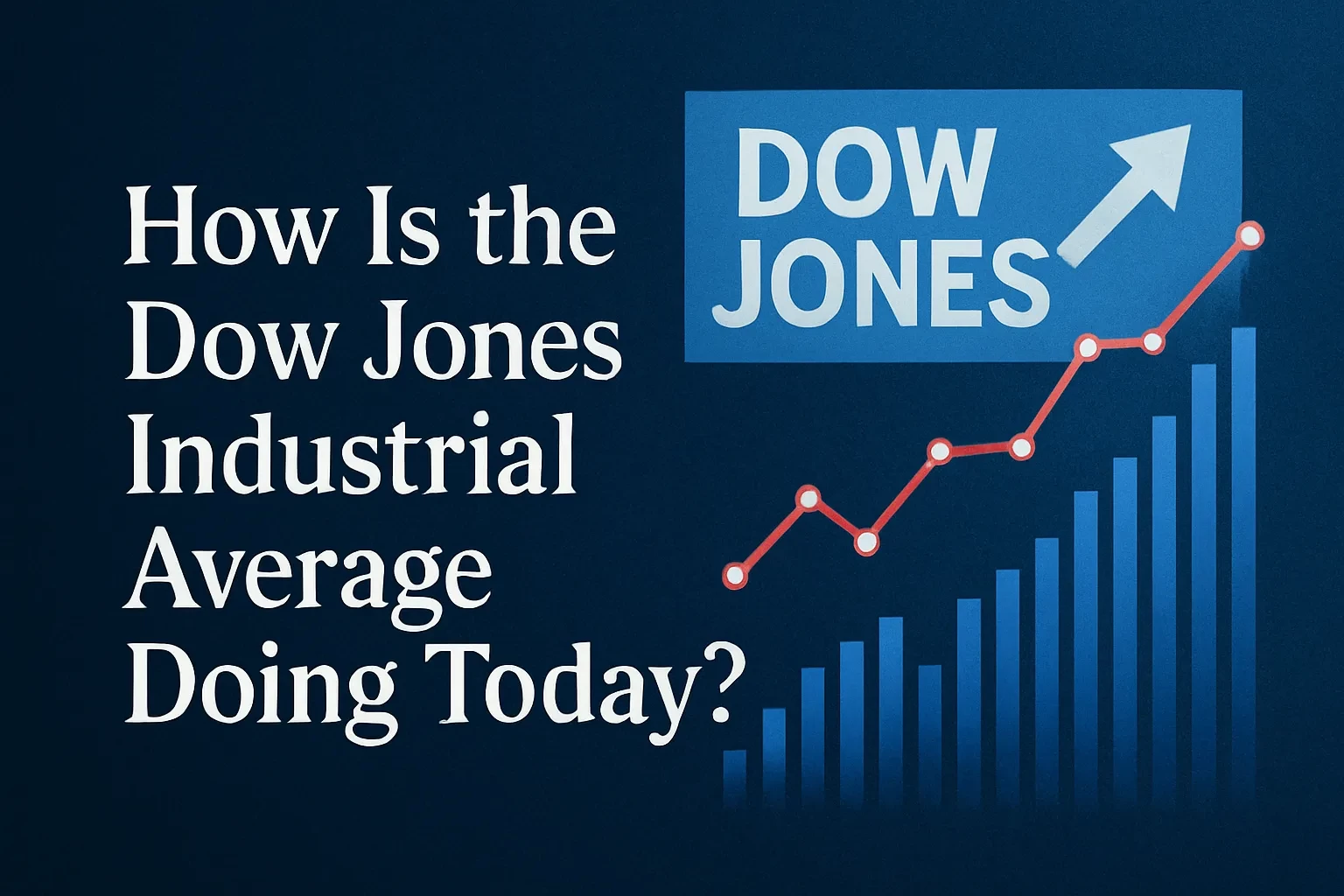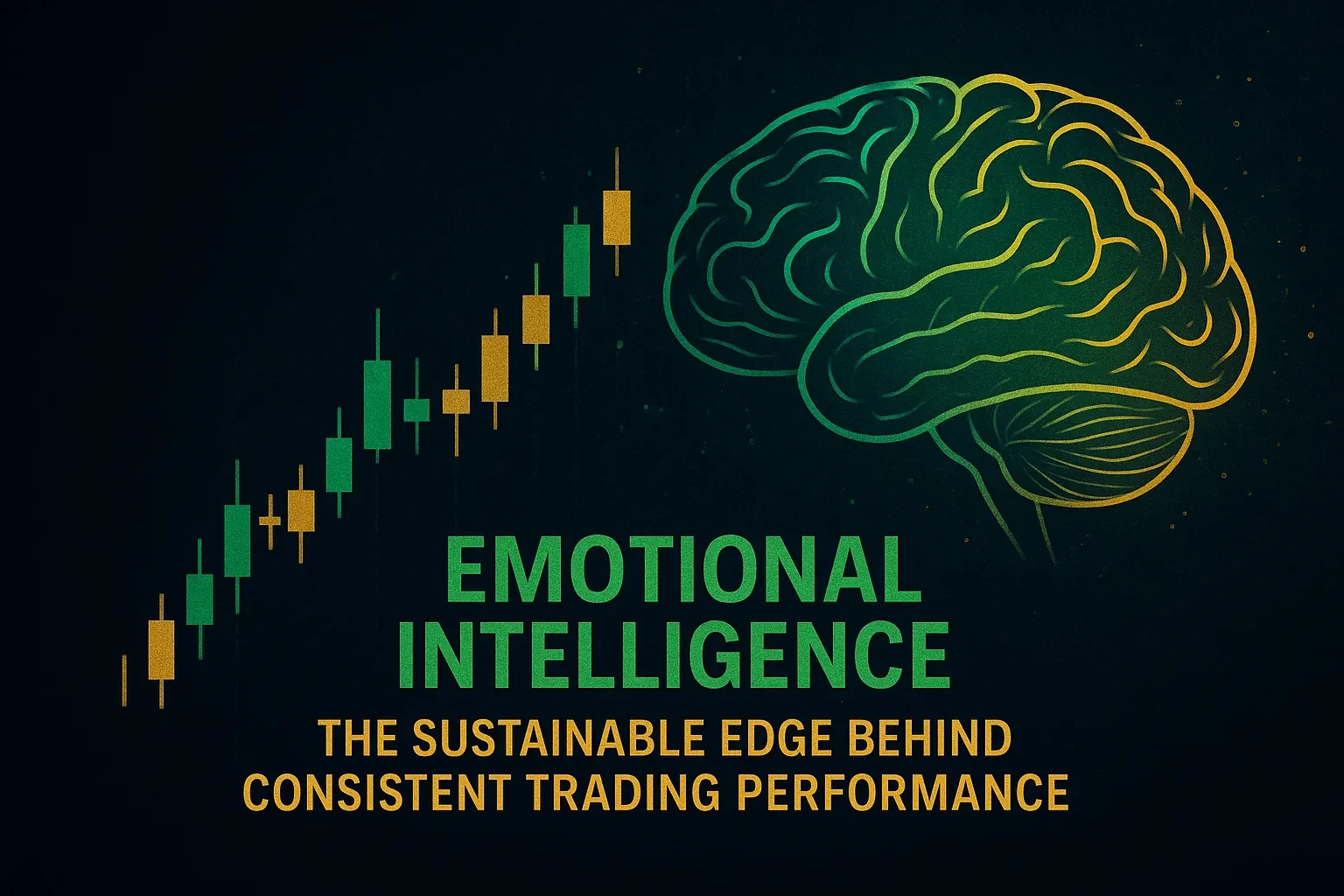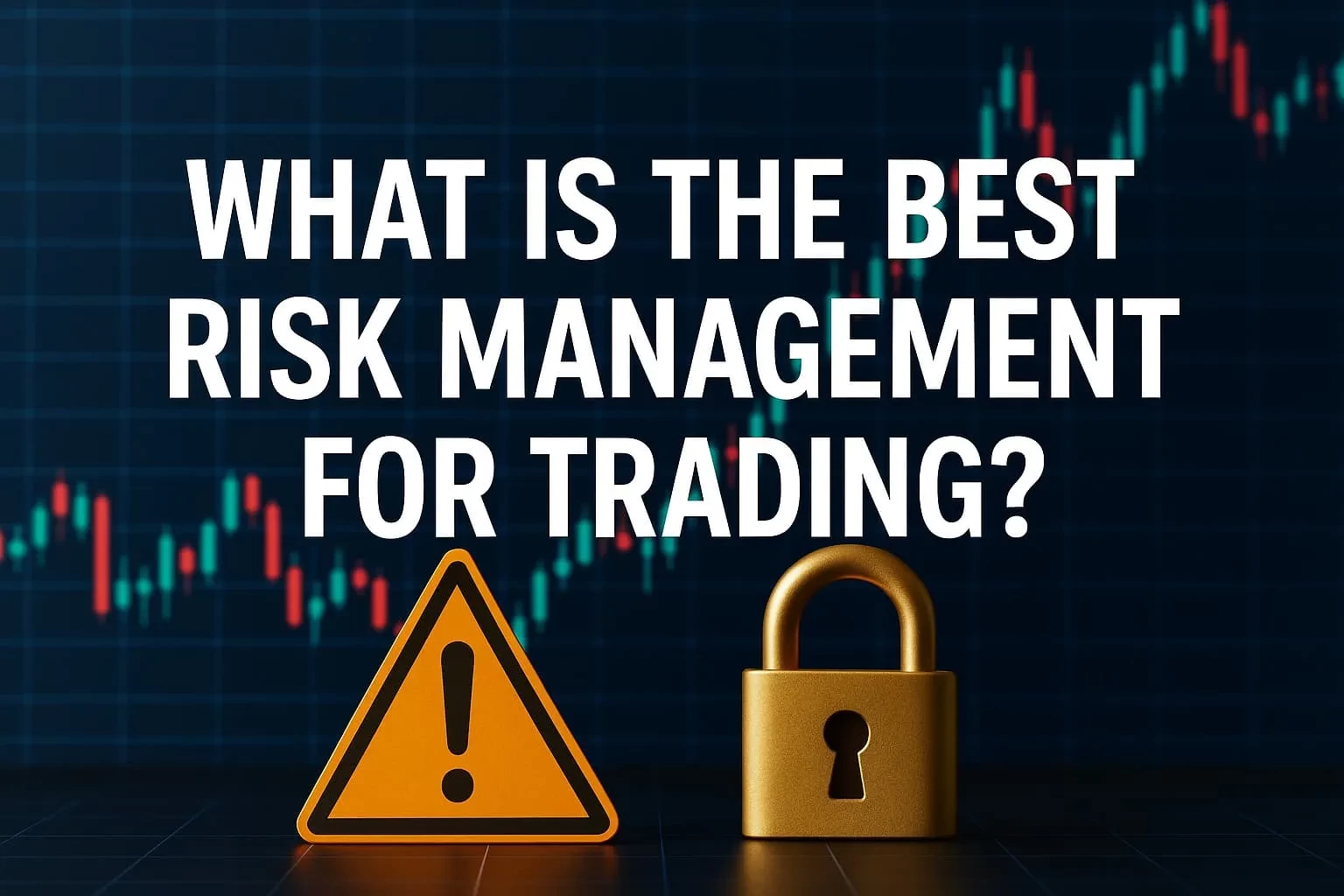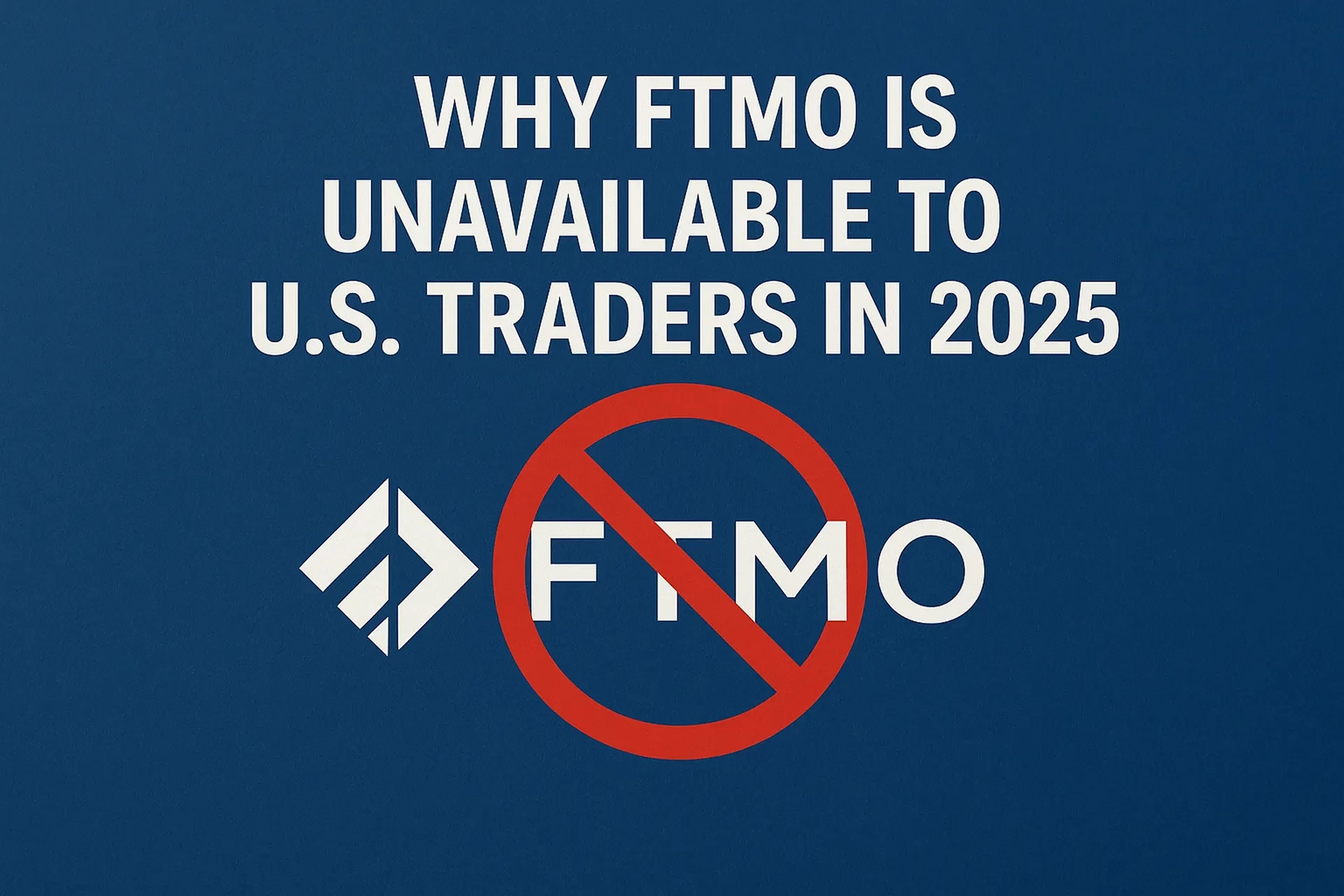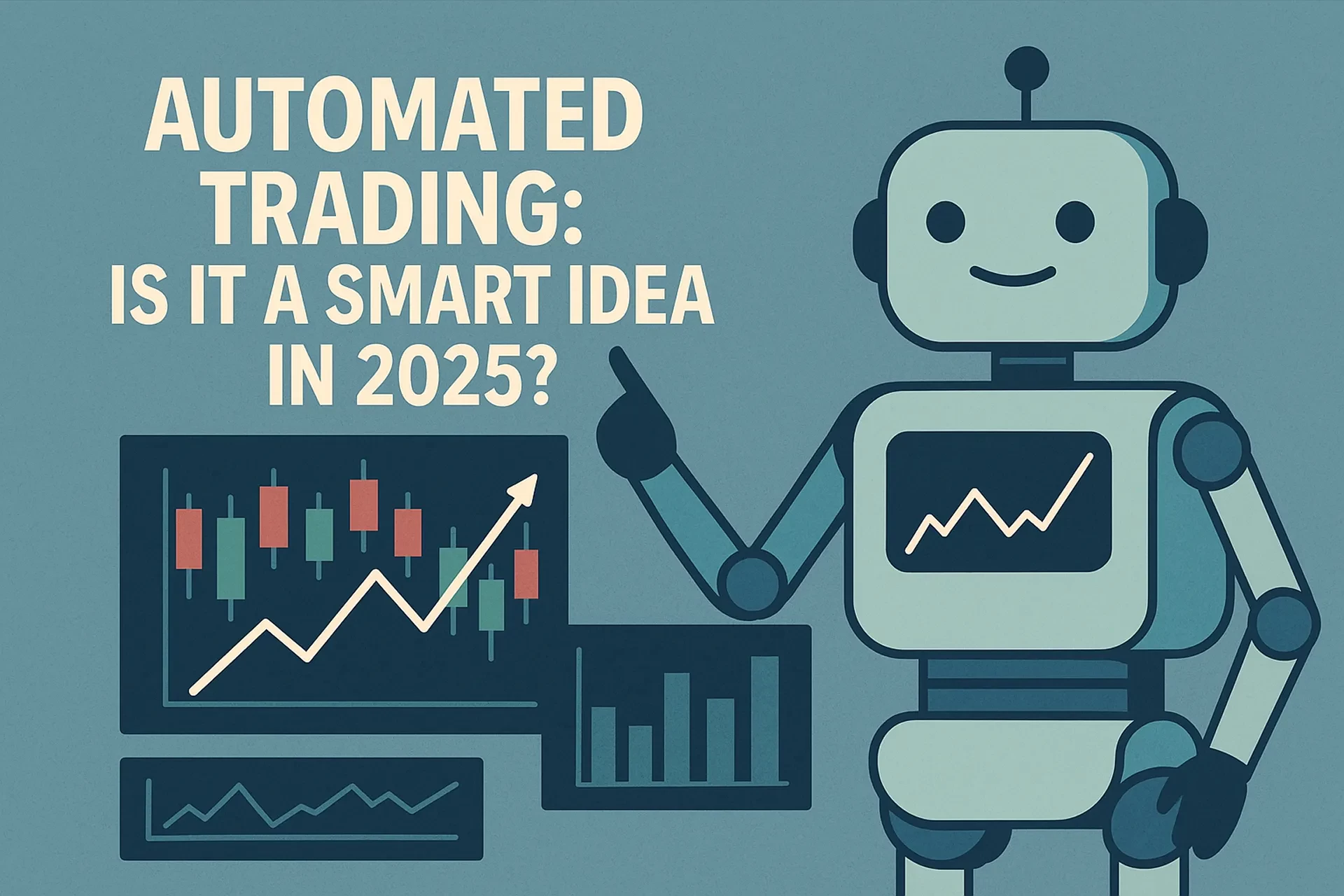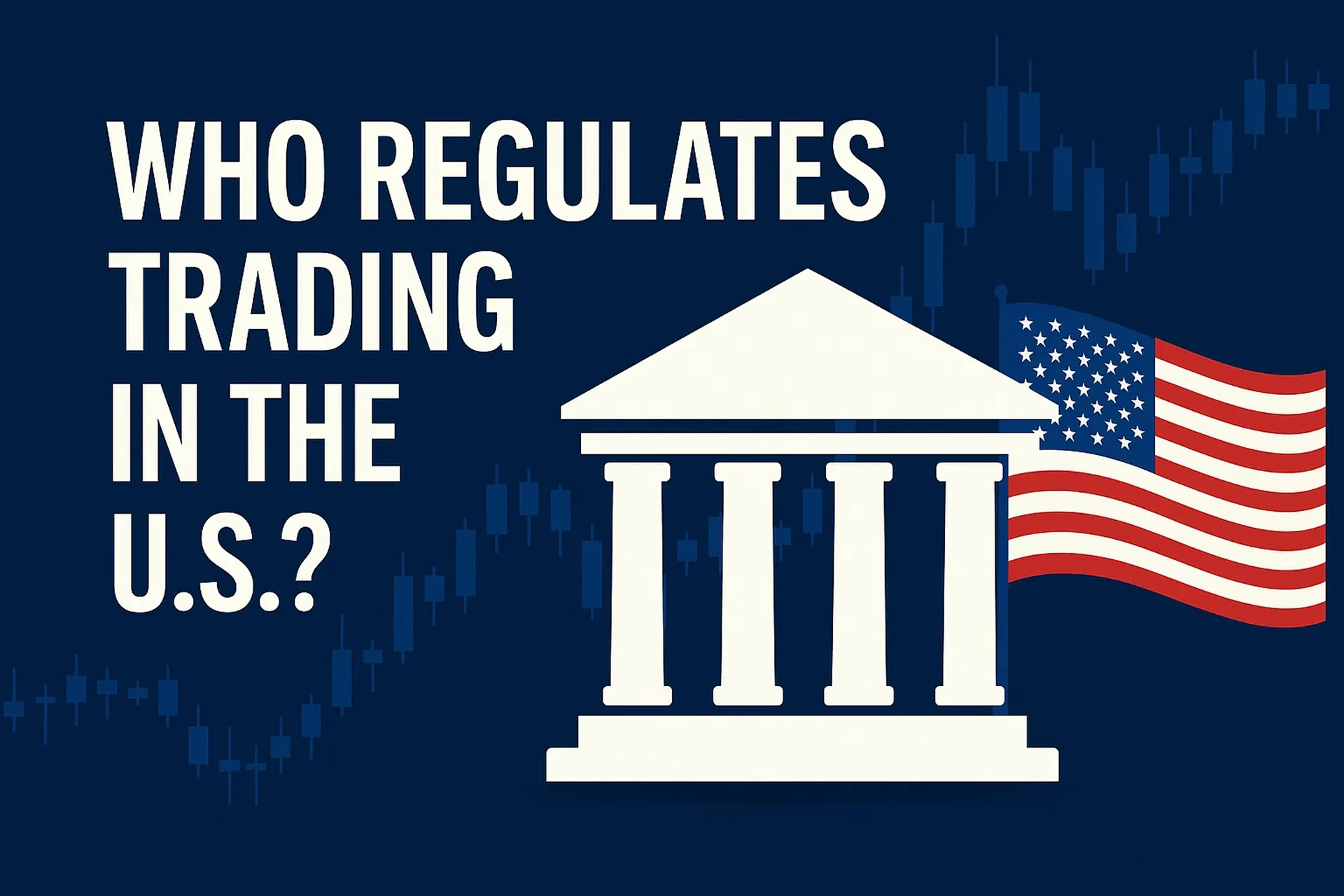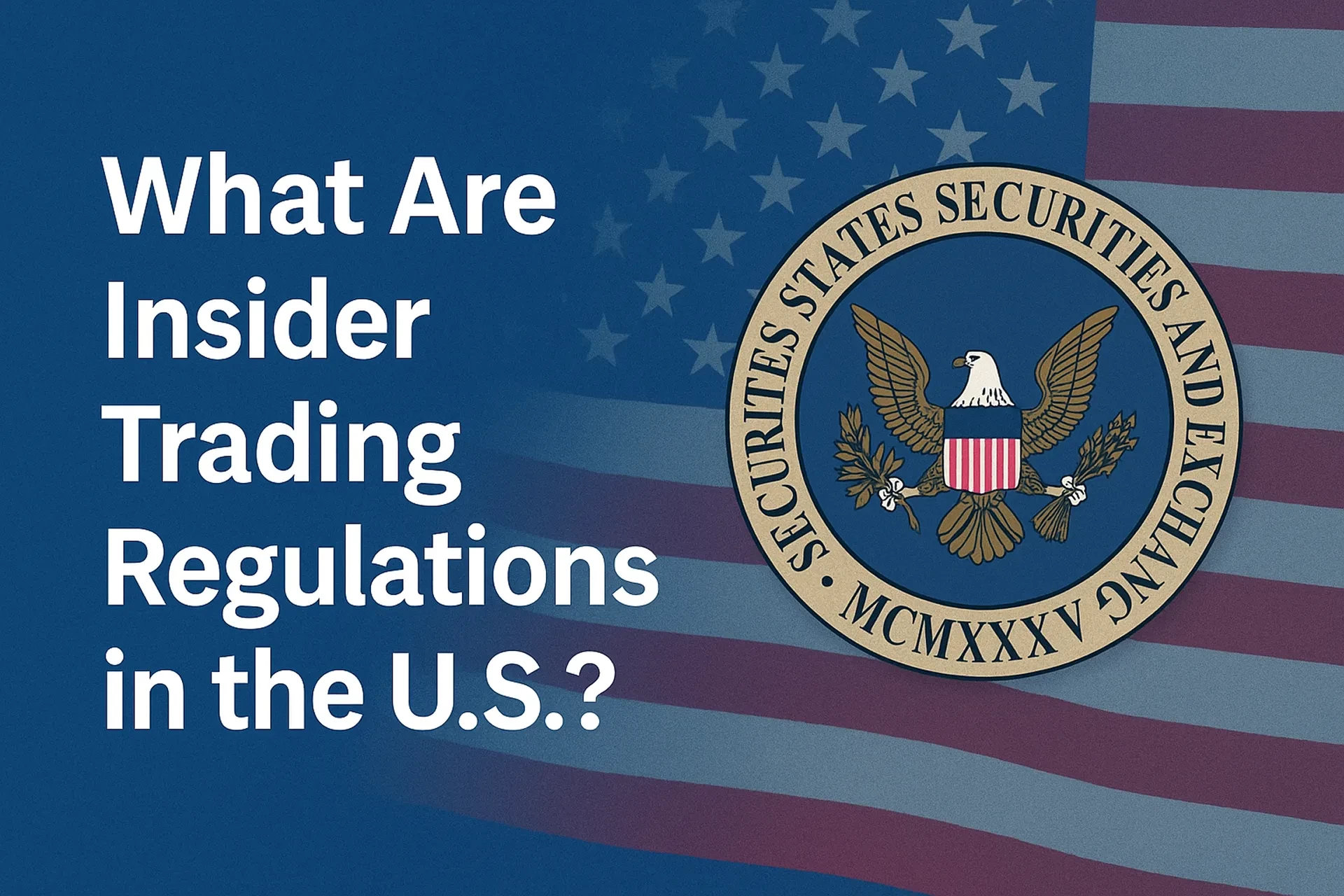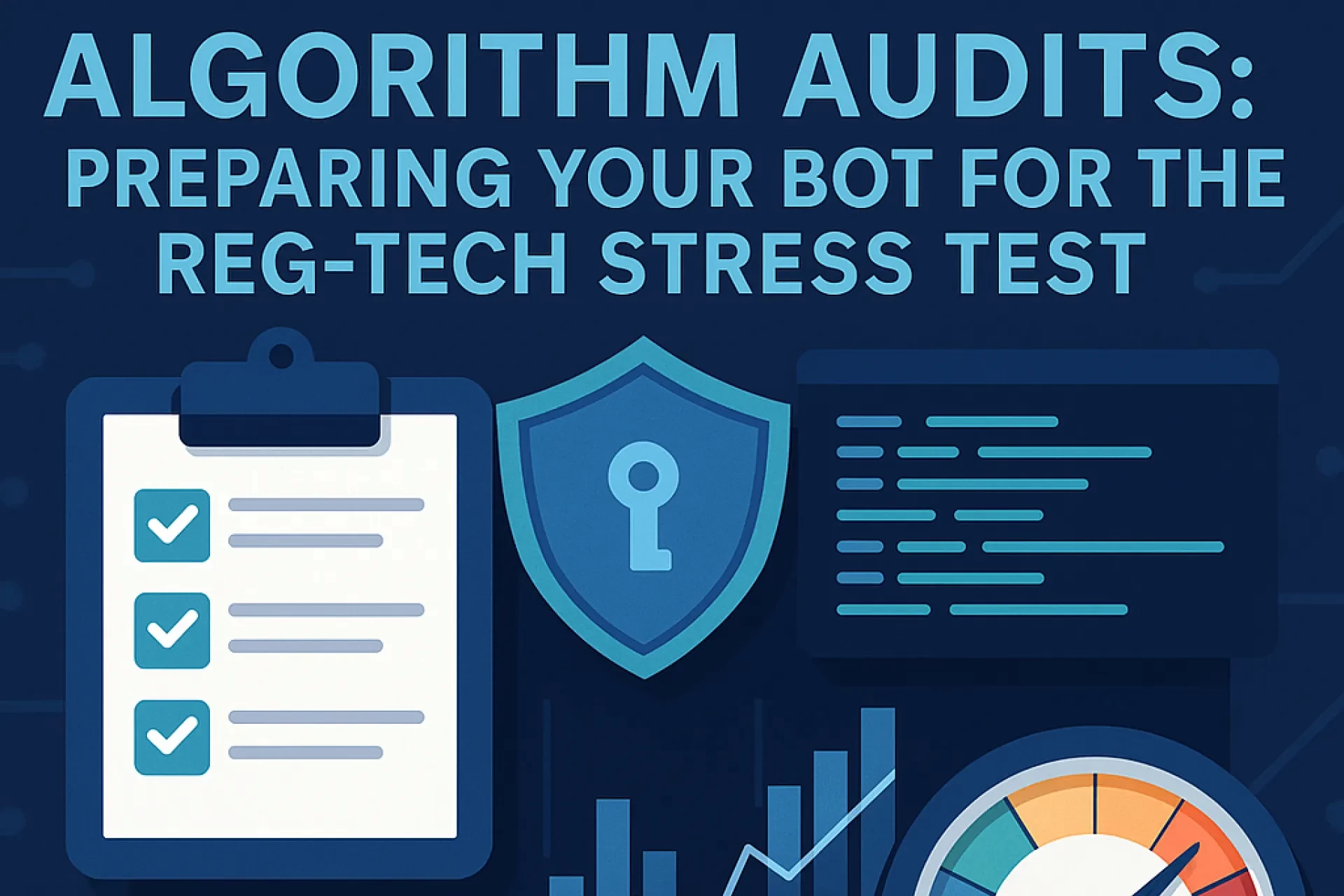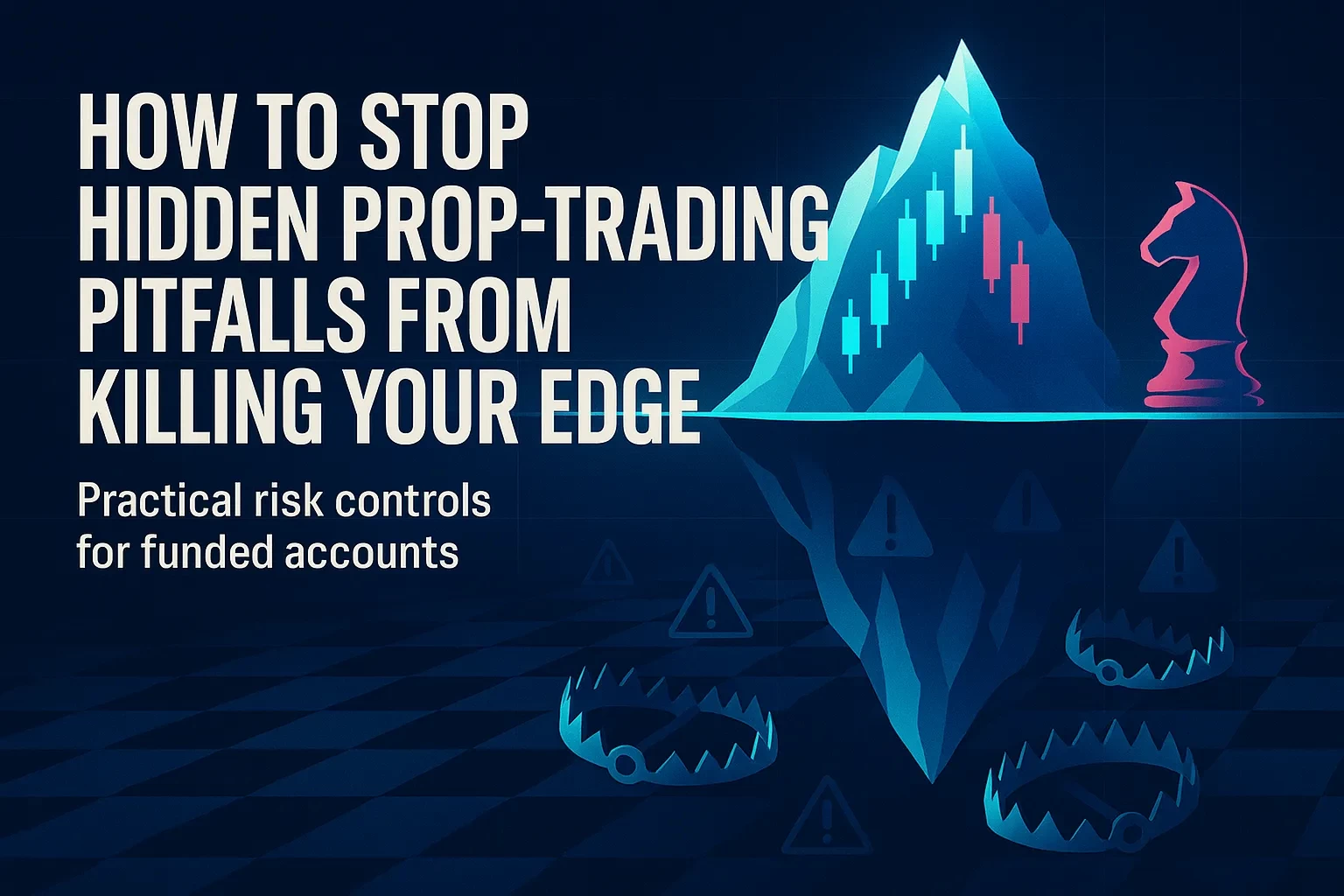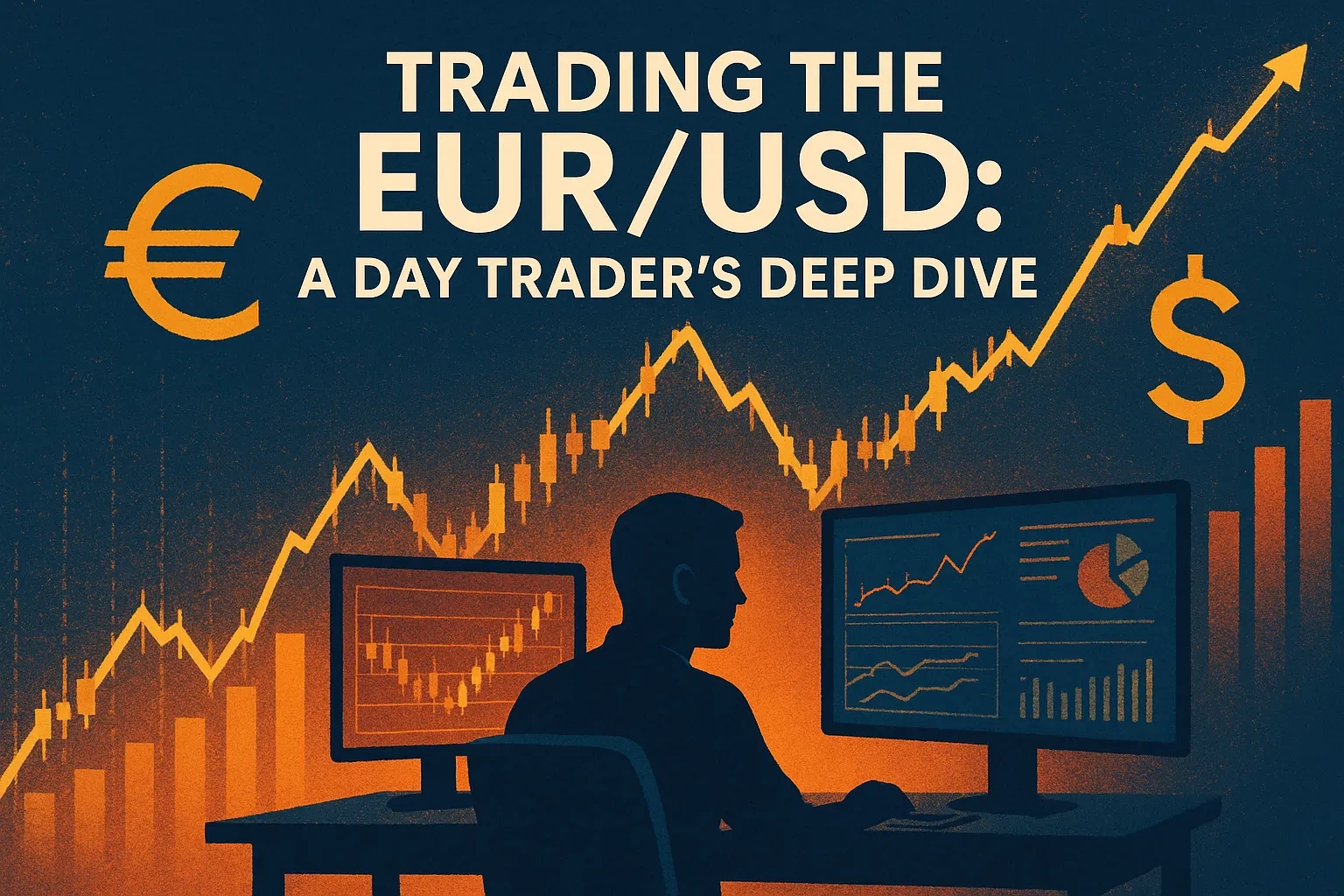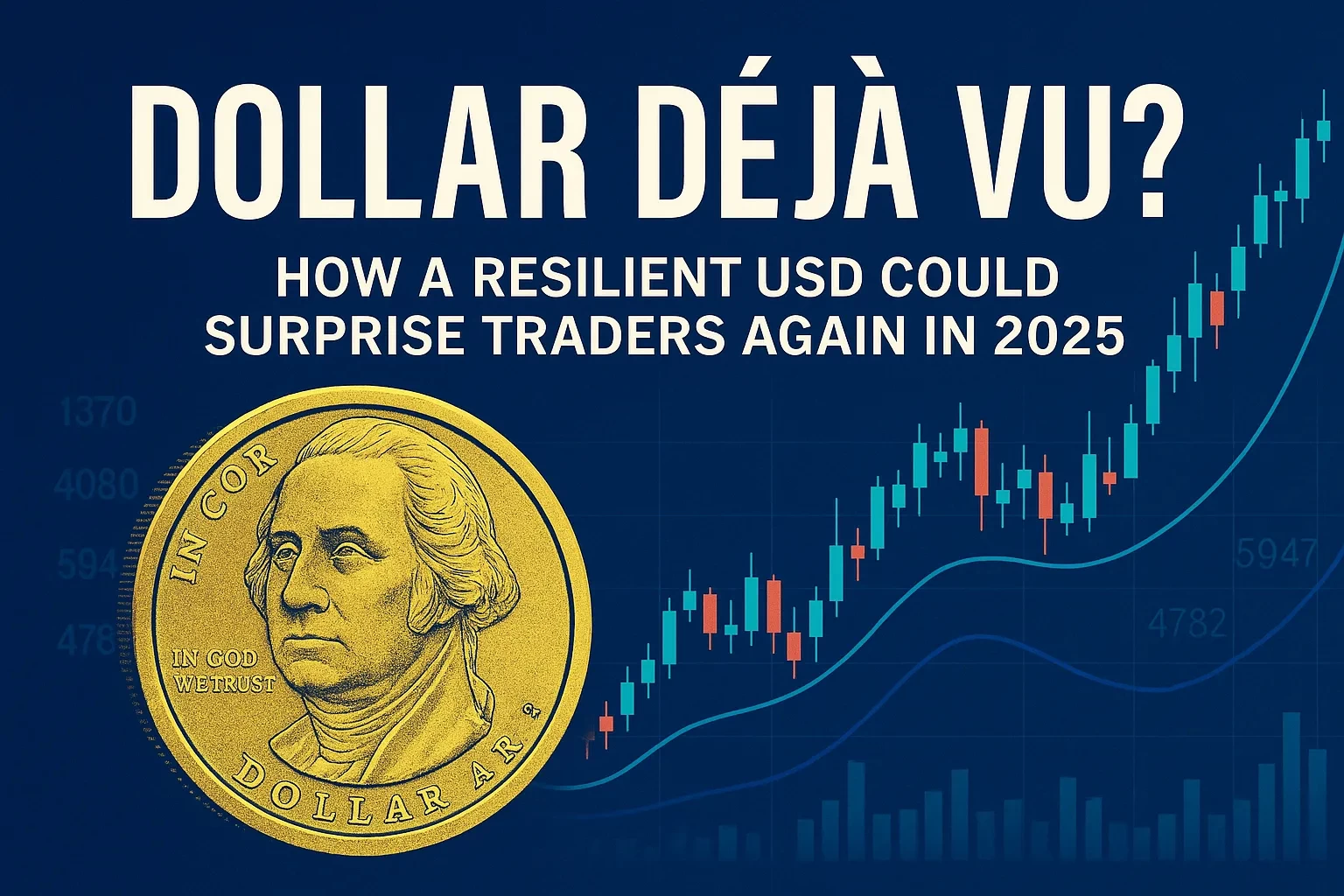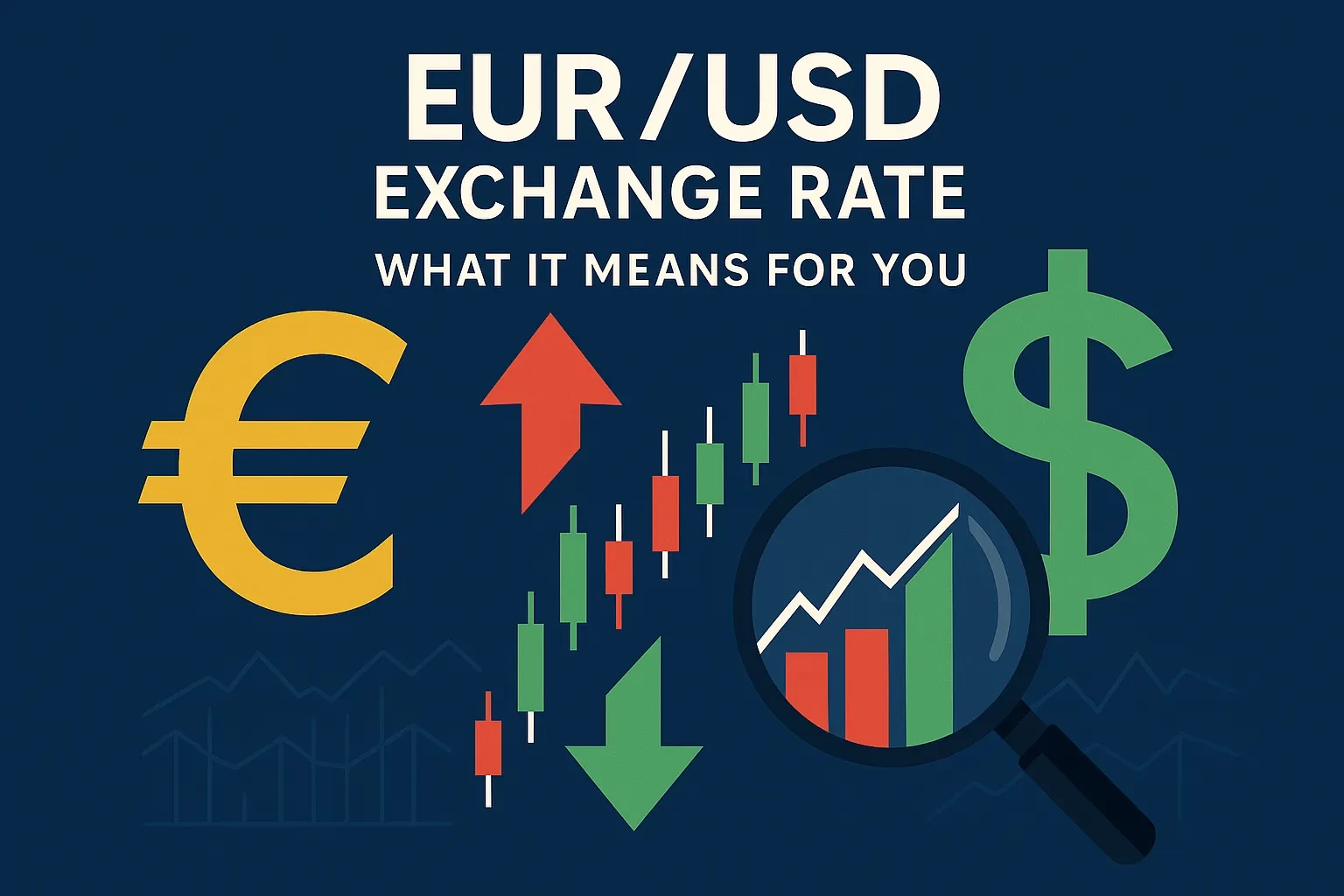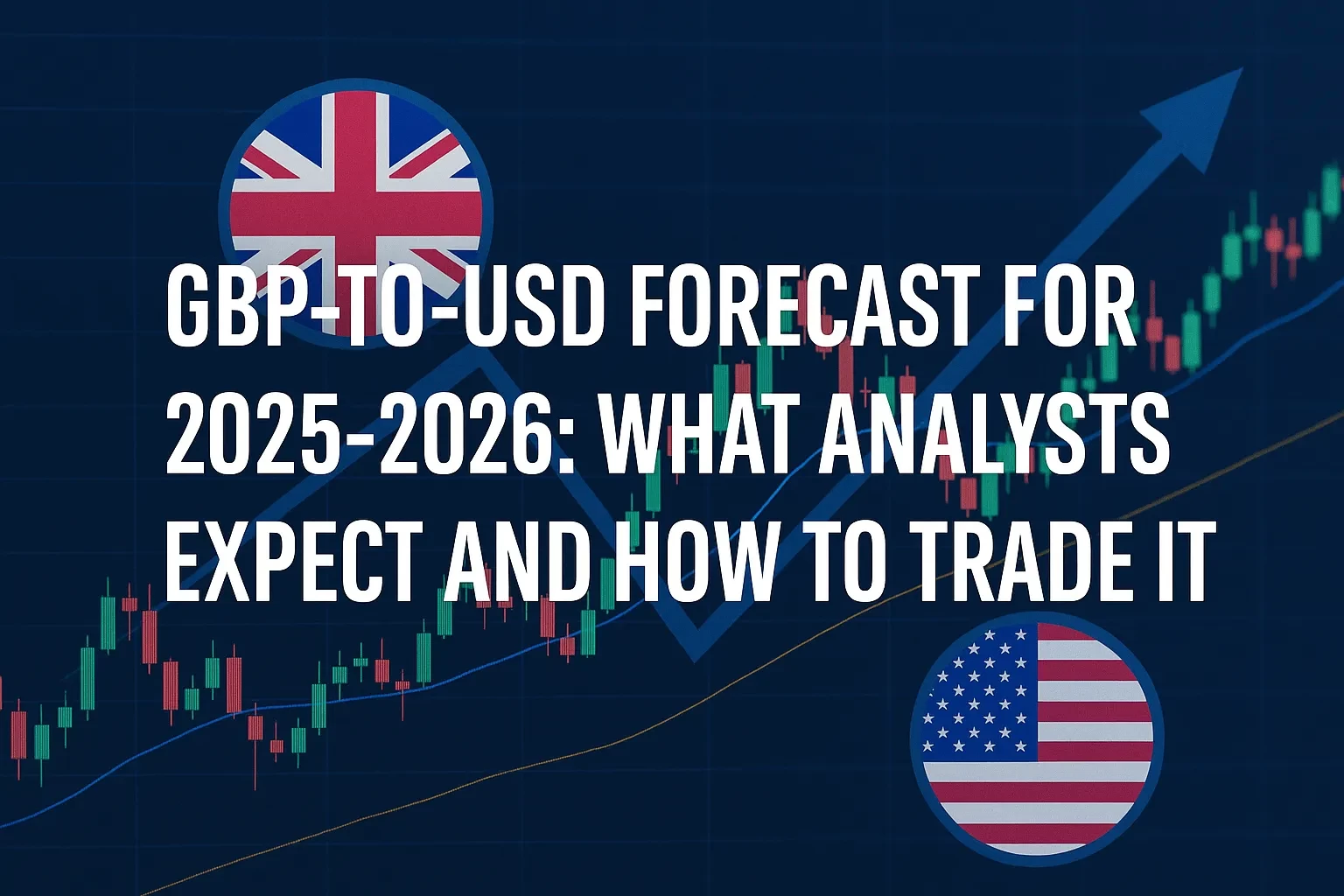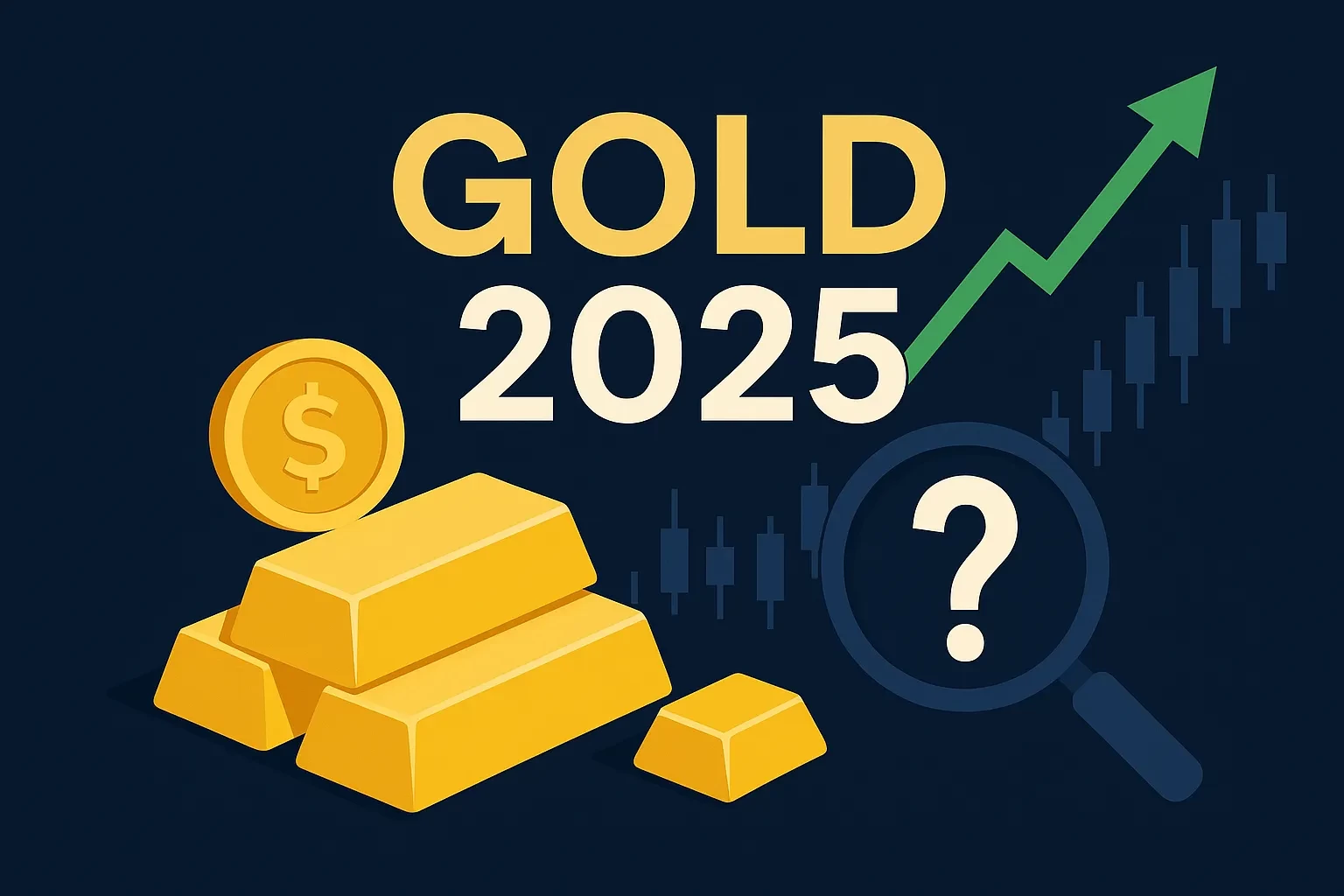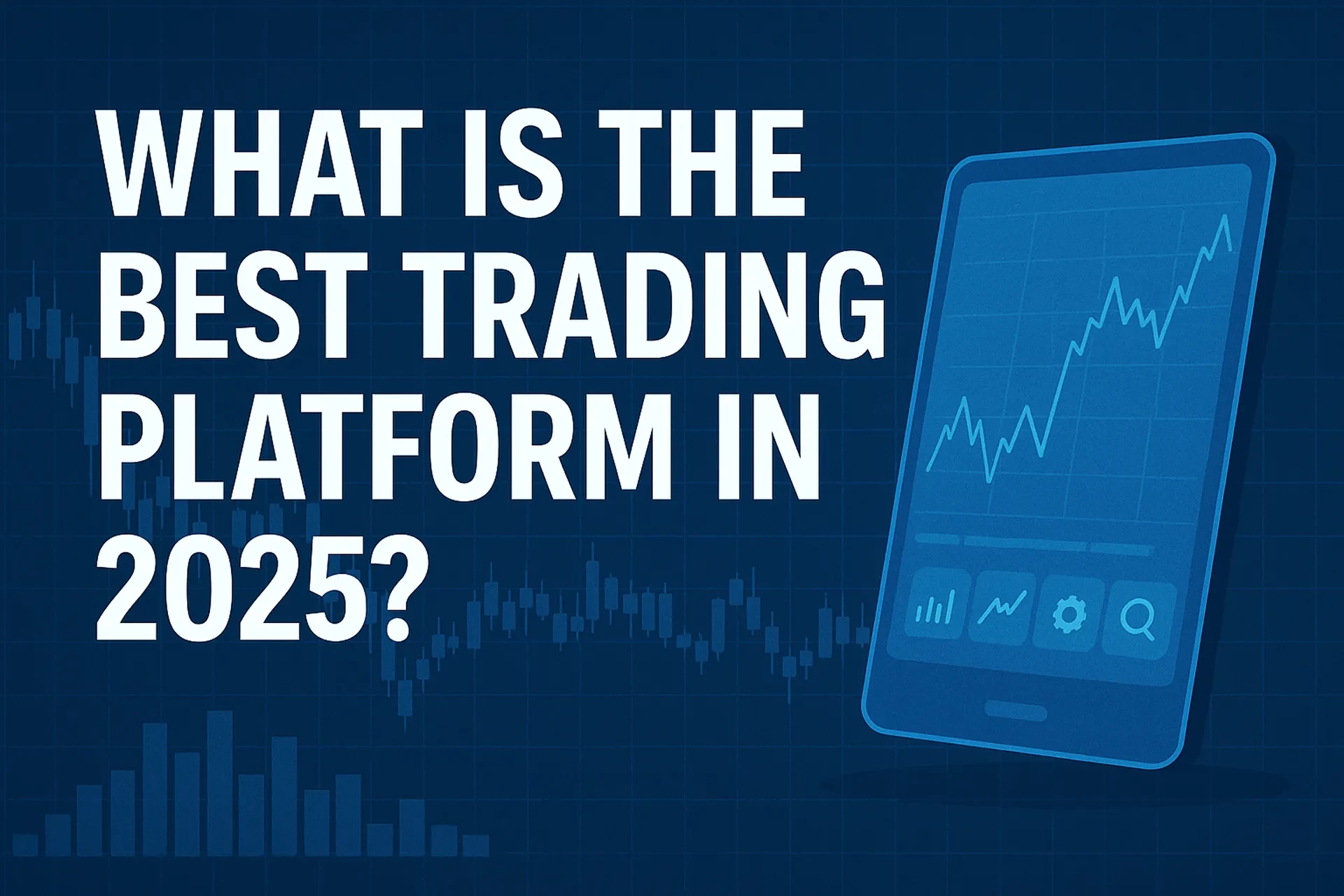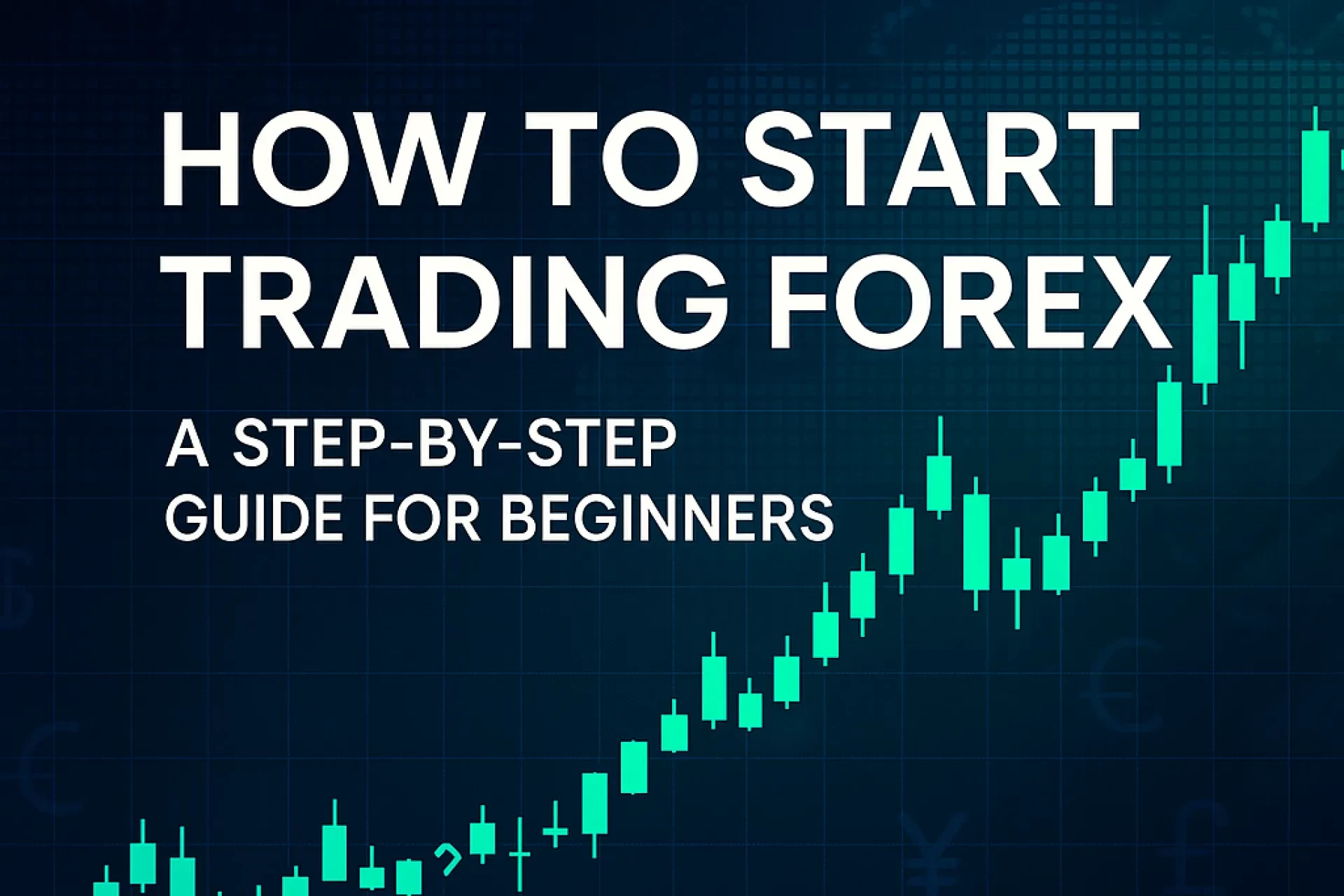Table of Contents
Few products have reshaped American portfolios quite like the ultra-low-cost fund that simply buys the 500 largest U.S. companies and gets out of the way. In 2025, assets in S&P 500 index mutual funds and ETFs top $4 trillion — with SPY alone at $640 billion AUM and Vanguard’s VFIAX near $1.4 trillion. But does bigger automatically mean better for your money? This guide breaks down how these funds work, what fresh 2024-2025 data say about performance, the hidden trade-offs and a checklist to decide if they fit your goals.
Understanding S&P 500 Index Funds
What They Are
• An S&P 500 index fund — whether ETF (SPY, IVV) or mutual fund (VFIAX, FXAIX) — holds each of the 500 stocks at the same float-adjusted market-cap weights the index committee sets.
• No stock-picking: companies enter/exit only when S&P indices change.
• In-kind creation/redemption keeps price glued to NAV.
• Expense ratios approach zero (FXAIX 0.02 %, SWPPX 0.02 %, IVV 0.03 %).
1 – Performance Snapshot 2024-2025
| Period | S&P 500 Total Return | Average U.S. Large-Blend Active Fund* |
|---|---|---|
| Calendar 2024 | +25.1 % | +18.3 % |
| YTD 2025 (to 2 Jul) | +7.5 % | +4.9 % |
| Rolling 15 yrs | 12.4 % CAGR | 9.2 % CAGR |
*Morningstar large-blend active-fund composite; 2025 data through May 31.
Why Passive Keeps Winning
• Ultra-low fees — every 0.80 % saved compounds to a 20 % wealth boost after 25 yrs.
• Turnover <4 % vs 50–80 % in active — lower trading cost drag.
• ETFs use in-kind redemptions, distributing fewer capital gains.
2 – Pros, Cons & Risk-Management
| Advantages | Drawbacks | How to Mitigate |
|---|---|---|
| • Market-matching returns — 80 % of U.S. equity cap in one fund. | Megacap tech tilt — Top 10 = 35 % of index. | Pair with mid-cap or equal-weight funds. |
| • Cost leadership — median ER 0.04 %. | Some share classes still >1 %. | Check ticker; use institutional / zero-fee classes. |
| • Liquidity — SPY trades >$25 bn daily. | ETFs can trade at small premia/discounts in fast markets. | Use limit orders, avoid first/last 5 min. |
| • Tax efficiency (ETFs). | Mutual-fund classes may distribute gains. | Hold ETFs in taxable; mutual funds in IRAs/401k. |
| • Behavioral simplicity. | Index ignores valuation — bubbles inflate weights. | Rebalance annually; set allocation caps. |
3 – Step-by-Step Guide to Using S&P 500 Index Funds
Step 1 — Pick the Wrapper
| Account Type | Best Vehicle | Why |
|---|---|---|
| Taxable brokerage | ETF (SPY, IVV, VOO) | Intraday liquidity + tax efficiency |
| 401(k) / IRA | Mutual fund (VFIAX, FXAIX) | Auto reinvest, no commissions |
| HSA / 529 | Low-cost ETF (if allowed) | Long compounding horizon |
Step 2 — Check Key Metrics
• Expense Ratio < 0.10 %.
• 3-yr tracking difference < 15 bp.
• Bid-Ask spread < 0.02 % for majors.
Step 3 — Size Your Allocation
• Core-satellite: 40-60 % core S&P 500.
• If a 30 % drawdown derails goals, pair with Treasurys.
Step 4 — Automate Contributions
• Dollar-cost average every paycheck.
• Auto-reinvest the ~0.7 % dividend yield.
Step 5 — Rebalance Annually
• Trim back to targets; harvest tax losses if available.
4 – Real-World Case Study – 10-Year Firefighter’s 401(k)
| Year | Contribution | S&P 500 Return | EOY Balance* |
|---|---|---|---|
| 2015 | $6 000 | +1.4 % | $6 084 |
| 2018 | $6 500 | –4.4 % | $25 235 |
| 2020 | $7 000 | +18.4 % | $50 421 |
| 2022 | $8 000 | –18.1 % | $79 112 |
| 2024 | $8 000 | +25.1 % | $121 880 |
| 2025 YTD | $4 000 | +7.5 % | $134 417 |
*Assumes lump-sum at year-end, no employer match.
5 – Common Misconceptions & Pitfalls
| Myth / Error | Reality | Fix |
|---|---|---|
| Index funds never underperform. | They fell 18 % in 2022. | Diversify across assets. |
| All index funds cost the same. | ER ranges 0.02–1.08 %. | Compare ER before buying. |
| ETFs can’t close. | 150 closures in 2024. | Stick to >$1 bn AUM. |
| Fractional shares are free. | Spreads still apply. | Batch orders to cut cost. |
FAQs
Action-Oriented Conclusion
S&P 500 index funds remain among the most efficient, evidence-backed ways for U.S. investors to build long-term wealth. Their microscopic fees, tax perks and historical outperformance create a structural edge. Treat them as the core — not the whole — of your portfolio, automate contributions, rebalance yearly and resist the urge to outsmart the index you already own.

